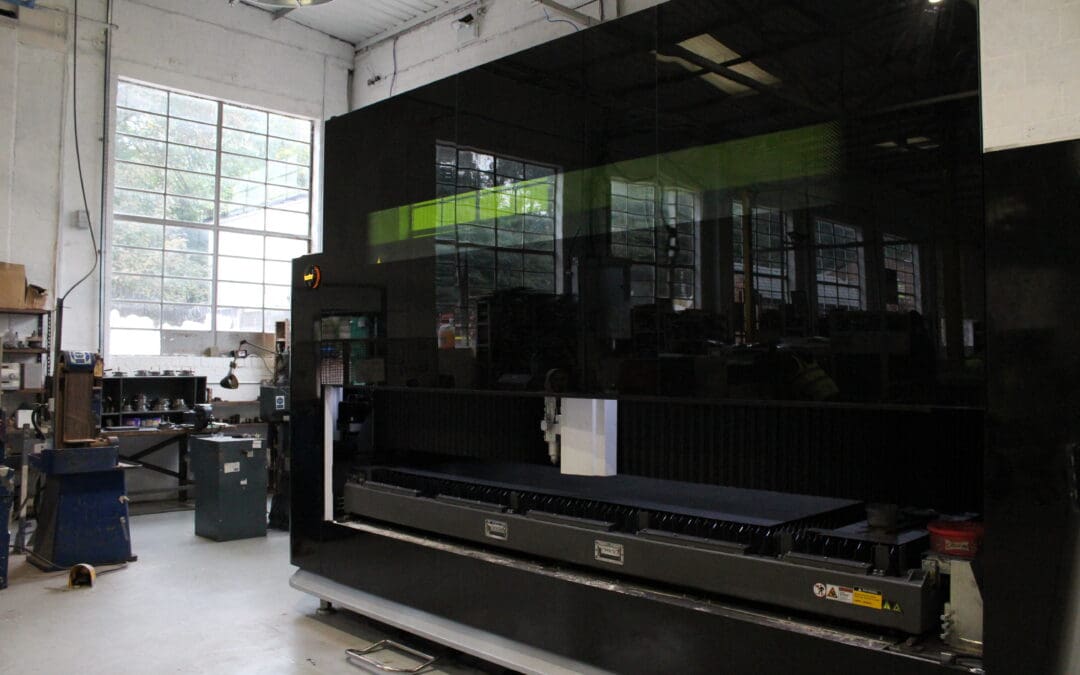The Importance of Material Selection in Laser Cutting
Choosing the right material for your laser cutting project is crucial to achieving the desired results. Different materials respond differently to laser cutting, and selecting the appropriate material can make the difference between success and failure. This blog provides a comprehensive guide to choosing the right material for your laser cutting needs, ensuring that your projects meet the highest standards of quality and precision.
Understanding Material Properties: What You Need to Know
When selecting a material for laser cutting, it’s important to consider several factors, including the material’s properties, the application, and the desired outcome.
Key Material Properties:
- Thickness: Thicker materials may require higher laser power or multiple passes to achieve a clean cut.
- Reflectivity: Highly reflective materials, such as aluminium, can reflect the laser beam, making them more challenging to cut.
- Thermal Conductivity: Materials with high thermal conductivity, like copper, require careful handling to prevent heat damage.
Popular Materials for Laser Cutting
Various materials are commonly used in laser cutting, each offering unique advantages and challenges.
Metals:
- Stainless Steel: Known for its strength and corrosion resistance, stainless steel is a popular choice for automotive and industrial applications.
- Aluminium: Lightweight and highly durable, aluminium is ideal for aerospace and automotive components.
- Copper: Copper’s excellent thermal and electrical conductivity makes it suitable for electronics and electrical applications.
Plastics:
- Acrylic: Acrylic is a versatile material that cuts cleanly and is often used for signage, displays, and decorative items.
- Polycarbonate: Polycarbonate is durable and impact-resistant, making it suitable for protective covers and enclosures.
Composites:
- Carbon Fibre: Carbon fibre is strong and lightweight, ideal for high-performance applications such as automotive and aerospace.
- Fibreglass: Fibreglass is often used in marine and automotive applications due to its strength and resistance to corrosion.
Matching Material to Application: A Practical Guide
The right material depends largely on the specific requirements of your project. This section provides practical advice on selecting the best material for various applications.
Automotive Applications:
For automotive projects, stainless steel and aluminium are often preferred due to their strength, durability, and resistance to corrosion. Laser cutting allows for precise fabrication of components such as brackets, mounts, and exhaust systems.
Aerospace Applications:
In aerospace, weight reduction is critical. Aluminium and carbon fibre are commonly used, offering the strength needed without adding unnecessary weight. Laser cutting ensures that these materials are shaped with the highest precision, essential for safety and performance.
Electronics Applications:
The electronics industry requires materials with excellent thermal and electrical properties. Copper and polycarbonate are often used in the fabrication of circuit boards, heat sinks, and protective casings. Laser cutting allows for the creation of intricate designs and precise cuts that are crucial for the functionality of electronic components.
The Role of Laser Cutting in Material Selection
Laser cutting technology plays a significant role in material selection. The precision and efficiency of laser cutting make it possible to work with a wide range of materials, each with its own unique properties.
Considerations for Laser Cutting:
- Cut Quality: Different materials respond differently to laser cutting. It’s important to understand how each material will behave under the laser to achieve the best results.
- Material Thickness: Thicker materials may require higher power settings or multiple passes to achieve a clean cut.
- Edge Finish: Some materials, such as acrylic, may require additional finishing after cutting to achieve a smooth edge.
Conclusion: Material Selection for Laser Cutting Excellence
Choosing the right material for your laser cutting project is crucial to achieving the desired results. By understanding the properties of different materials and how they respond to laser cutting, you can ensure that your projects meet the highest standards of quality and precision. At Stephens Gaskets, we offer expert advice and cutting-edge technology to help you select the best material for your needs.
For more information on our laser cutting services, visit our Laser Cutting UK page.

